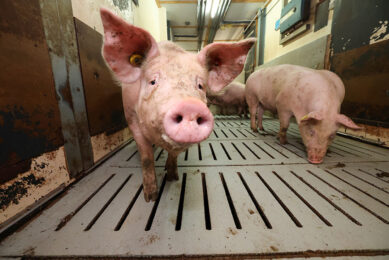NZ: Animals used in research/ testing 2009 – report released
Notification of the numbers of animals used in research, testing and teaching was released in the National Animal Ethics Advisory Committee (NAEAC) Annual Report.
During 2009 a total of 297,111 animals were reported as ‘manipulated’ in research, testing and teaching. This is a decrease of 13% compared to the previous year.
©
The principal purposes of manipulation in 2009 were veterinary research; basic biological research; and testing the safety and efficacy of animal health products. The animals most commonly used were rodents, farm animals, birds and fish.
©
NAEAC Chairperson, Virginia Williams, said that despite the year’s numbers dropping by nearly 45,000 the rolling three year reporting average remains steady. “Records of the number of animals used in long-term projects are not reported annually, but every three years, or when the project is completed. The rolling average is a truer reflection of animal use and is not increasing”.
©
“However, the influence a single project can have on the annual statistics is demonstrated this year by the reporting of a study involving the use of chicken eggs to investigate and monitor exotic avian influenza and other pathogens in wild bird species. This one project was largely responsible for an increase of over 80% in the number of animals manipulated for testing purposes, as well as a significant rise in the proportion of animals killed or euthanased at the end of the testing process”.
©
Dr Williams adds that in seeking animal ethics committee approval for projects, researchers are required to demonstrate how they will minimise the effect on animals. Steps could include a high level of veterinary care, pre- and post-operative pain relief and removal from the study or euthanasia once the research objective is achieved.
©
“It is important to remember that the treatment and cure for many diseases rely on animal research. And research is not just about developing new drugs for humans – many of the drugs tested on animals are being developed for animals.”
©
“Every project that uses animals for approved purposes must demonstrate that the benefits – for example, to the maintenance of human health or the production and productivity of animals – are not be outweighed by the likely harm to animals”.
©
All research, testing or teaching involving live animals in New Zealand must be carried out in accordance with the requirements of Part 6 of the Animal Welfare Act 1999 and must be approved by an Animal Ethics Committee (AEC).
©
©
©Or by request from: animalwelfare@maf.govt.nz
©
©











